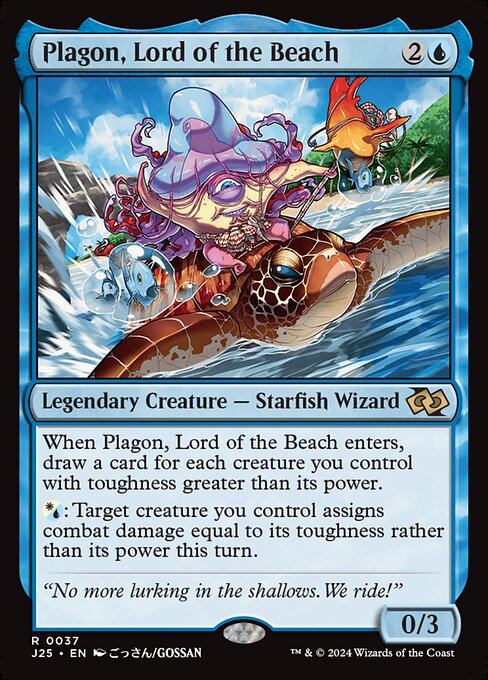Deck & Commander Strategies
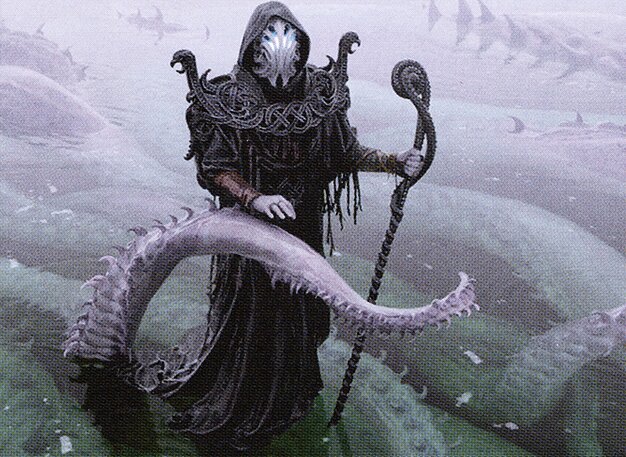
Orvar, the All-Form
Orvar aims to repeatedly cast cheap instants and sorceries from the graveyard by imprinting them, generating card advantage and value to control the game tempo and set up combo finishes.

Plagon, Lord of the Beach
Plagon focuses on controlling the board through toughness-based creatures and defensive abilities, leveraging synergy with cards that draw multiple cards and disrupt opponents’ strategies.

Kinnan, Bonder Prodigy
Kinnan accelerates mana production using creatures like Bloom Tender and Thassa’s Oracle, facilitating large mana pools to cast powerful spells and execute infinite combos or win conditions.
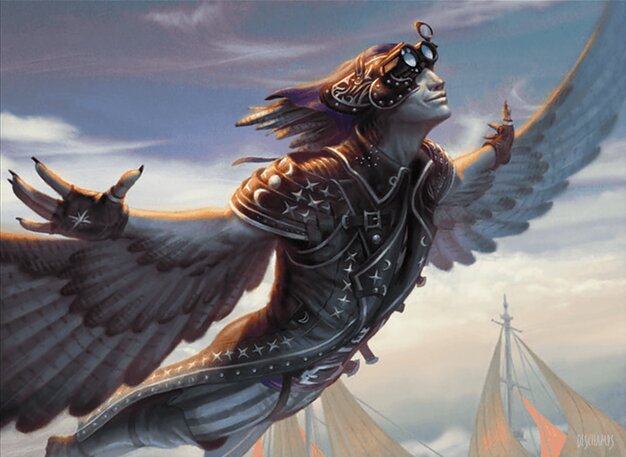
Malcolm, Keen-Eyed Navigator
Malcolm uses a combination of enchantments and artifacts to incrementally gain advantage and control the pace of the game, relying on creatures and spells that tax opponents and generate value through combat.
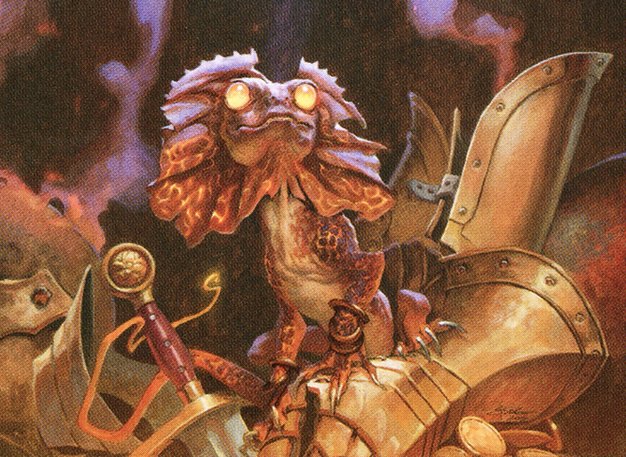
Kediss, Emberclaw Familiar
Kediss capitalizes on synergy with red spells and artifacts to generate treasure tokens and apply pressure through combat damage, aiming to outvalue opponents with efficient resource generation.
Gameplay Insights
- 1
Players leveraged Ristic Study aggressively to draw cards and tax opponents' mana, creating tension around counterspell interactions and mana management.
- 2
The use of phasing creatures such as Talon Gates effectively mitigated board threats without committing permanent removal.
- 3
Blind Obedience was a pivotal enchantment that restricted opponents’ ability to cast noncreature spells from graveyards, influencing the timing and sequencing of plays.
- 4
Treasure token generation from artifact interactions provided crucial ramp and resource advantage, enabling explosive turns despite low land counts.
- 5
Orvar’s ability to repeatedly cast spells from graveyard imprint created sustained card advantage, forcing opponents to respond or be overwhelmed.
- 6
Players showed restraint in early aggression, focusing on establishing stable boards and mana bases, reflecting the endurance theme of the game.
Notable Cards
-
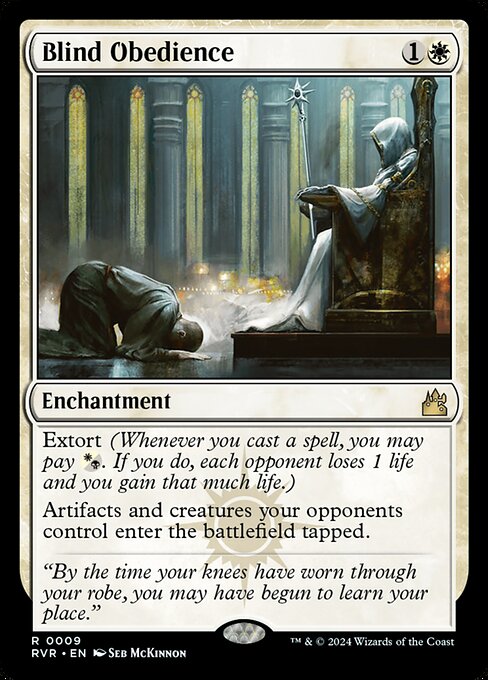
Blind Obedience
-
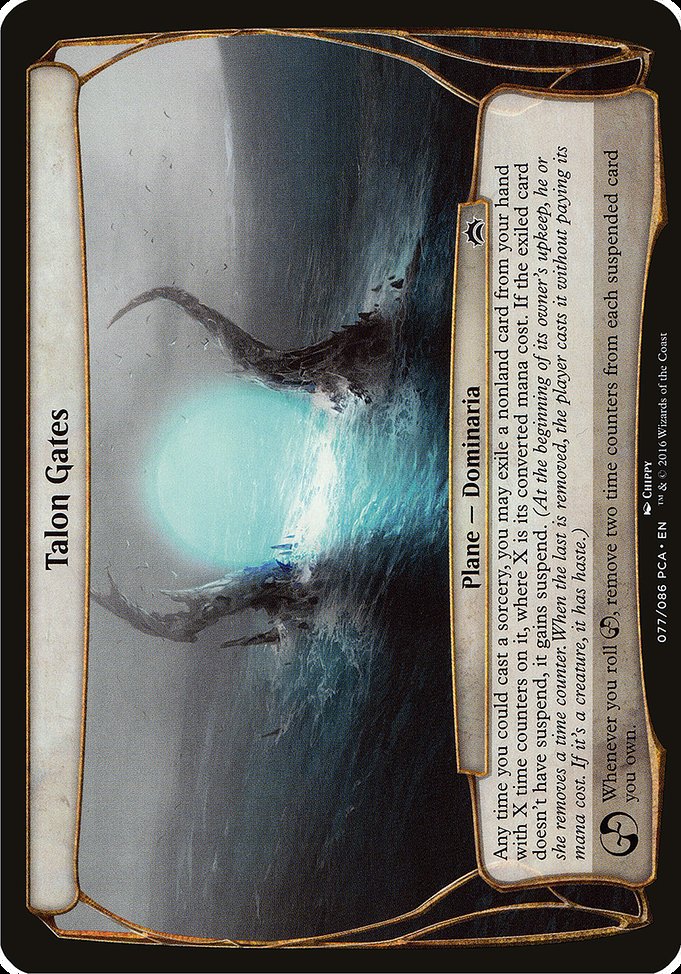
Talon Gates
-
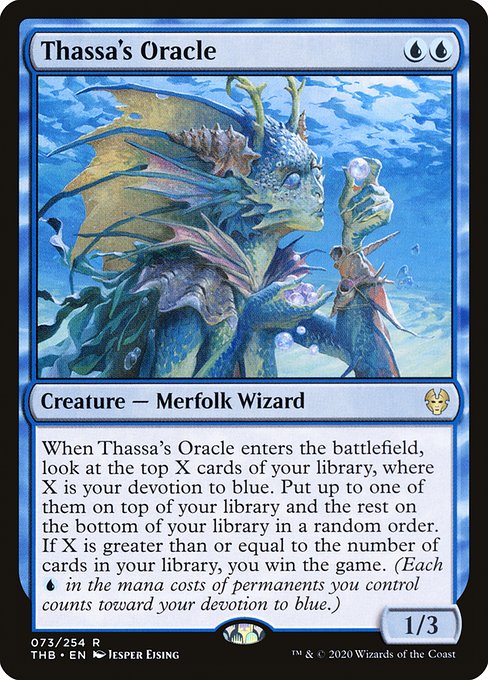
Thassa's Oracle
-
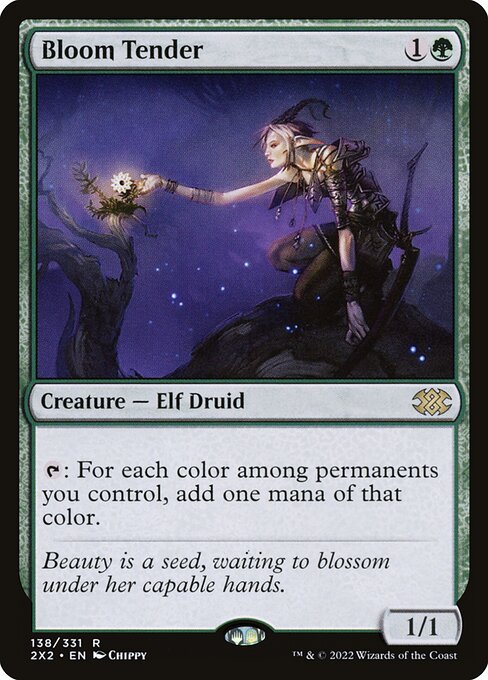
Bloom Tender
-
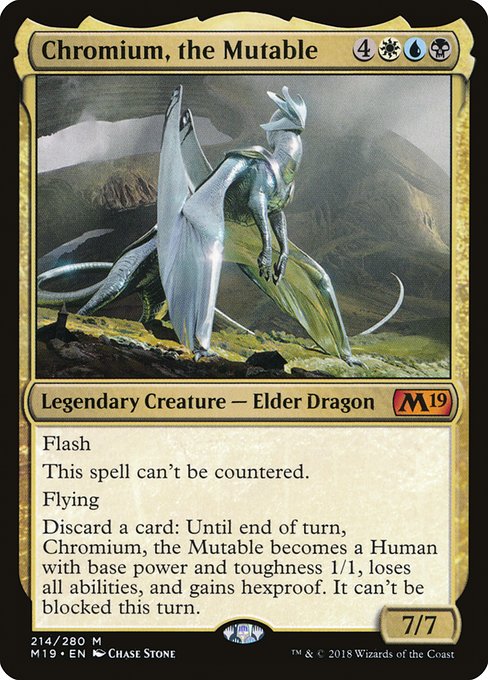
Chromium, the Mutable
-
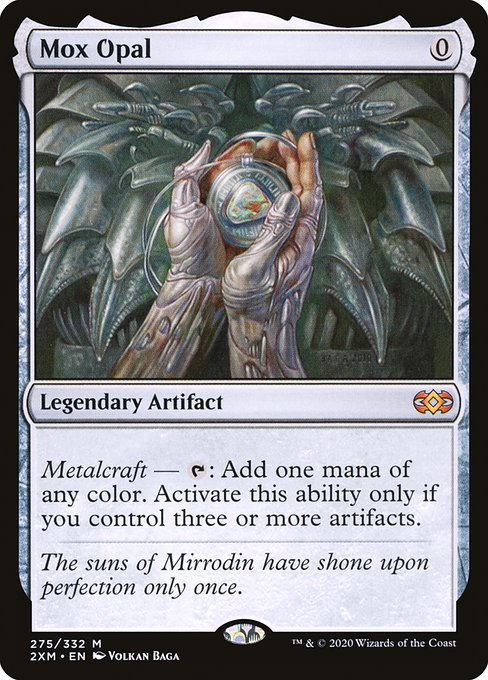
Mox Opal
-
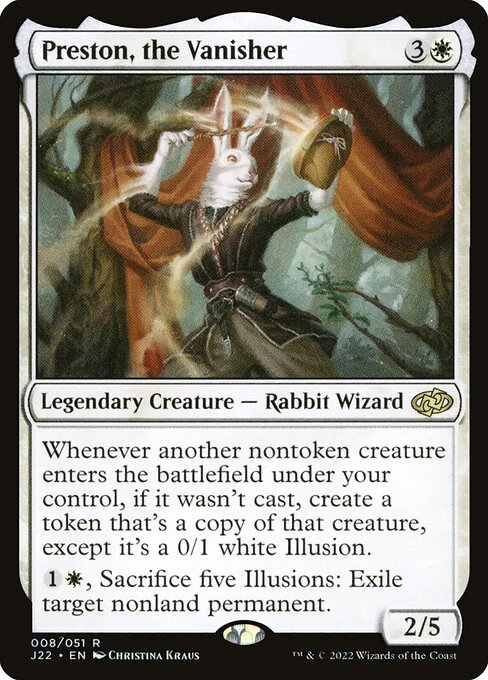
Preston, the Vanisher
Gameplay Summary
The game started off in a typical cEDH fashion with players developing their mana bases and setting up early plays.
Orvar and Kinnan established board presence quickly, with Kinnan leveraging mana acceleration to cast key creatures like Bloom Tender and Thassa's Oracle, while Orvar began assembling value through imprints and triggers.
Plagon and Malcolm/Kediss focused on controlling the board and generating incremental advantage using creatures with notable toughness and unique abilities.
Early turns featured interactions with spells like Ristic Study and Blind Obedience, which shaped the flow of the game by taxing opponents’ resources and limiting their options. As the game progressed, key moments included the casting of powerful enchantments and artifacts that enabled combo potential and card advantage, such as the recurring use of Ristic Study and Treasure generation from artifact synergies.
The deployment of Talon Gates and strategic phasing out of creatures also played a role in managing threats and timing attacks.
A critical turning point was the resolution of Orvar's abilities and the accumulation of treasure tokens, which set up explosive plays.
Despite attempts to disrupt and counter, the multiplayer dynamic led to a gradual build-up of mana and threats until a decisive swing or combo emerged, showcasing the endurance and tactical depth typical of cEDH gameplay.



